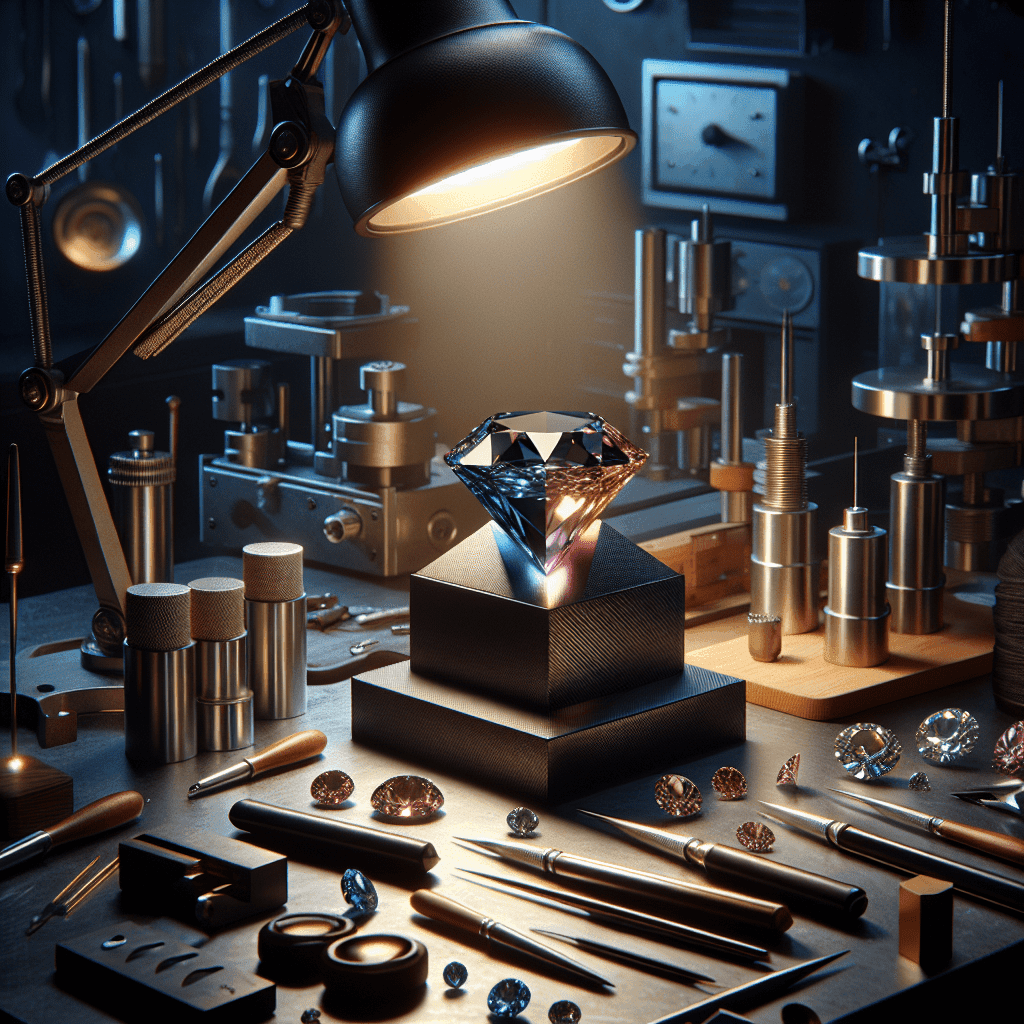Understanding the allure of pink, blue, and other rare diamonds
From the regal chambers of ancient kings to the sophisticated auction rooms of today, rare and colored diamonds have captivated humanity with their mysterious luminance and breathtaking hues. These gemstones are not merely accessories; they are profound symbols of luxury, history, and artistic expression.
- Introduction to Rare and Colored Diamonds
- The Allure of Pink Diamonds
- The Mystique of Blue Diamonds
- Exploring Other Rare Colors
- Historical Significance and Cultural Impact
- The Craftsmanship Behind Cutting and Polishing
- Concluding Thoughts on Nature’s Marvels
Introduction to Rare and Colored Diamonds
While the allure of classic white diamonds is universally acknowledged, the rare and colored diamonds bring a palette of extraordinary shades that are much rarer in nature. These colors, ranging from the softest pinks to the deepest blues, are the result of incredibly unique conditions beneath the Earth’s surface, involving complex processes of elemental substitution and lattice distortion during the formation of the diamonds.
The Allure of Pink Diamonds
Pink diamonds, with their delicate hues and profound rarity, have long been sought after by collectors and connoisseurs. The Argyle mine in Australia, which has been the largest source of these gems, has contributed significantly to the pink diamond market, although it ceased operations in 2020. The unique coloration of pink diamonds is due to a rare deformation in their crystal structure, an anomaly that fascinates scientists and gemologists alike.
Notable Pink Diamonds
- The Pink Star: Originally mined in Africa, this 59.60-carat diamond is one of the largest cut and polished pink diamonds in the world.
- The Graff Pink: A stunning 24.78-carat diamond, once owned by American celebrity jeweler Harry Winston, and sold at auction for a record-breaking price.
The Mystique of Blue Diamonds
The rare blue diamonds owe their mesmerizing color to the presence of boron within their crystal lattice. Mines such as the Cullinan in South Africa have occasionally unearthed these wonders, each discovery making headlines for their beauty and the mysteries they carry within. The most famous of these is perhaps the Hope Diamond, a gemstone steeped in legend and history, known for its striking deep blue color and its supposed curse.
Characteristics of Blue Diamonds
Blue diamonds range in shade from light sky to deep ocean blues. Each shade represents a different concentration of boron, which not only influences the color but also tells a story of the diamond’s journey from deep within the Earth.
Exploring Other Rare Colors
Beyond pink and blue, the spectrum of colored diamonds extends to greens, oranges, and even vibrant yellows. Each color has its own story, often tied to a geographical location or a particular mineral presence, which makes these diamonds as much a scientific curiosity as a collector’s treasure.
Examples of Other Colors
- Green Diamonds: These are thought to derive their color from exposure to natural radiation present in the earth.
- Yellow Diamonds: Their sunny hues come from nitrogen molecules absorbing blue light.
Historical Significance and Cultural Impact
Rare diamonds have not only been symbols of wealth and power but have also been deeply intertwined with the histories and cultures of many societies. They have adorned the crowns of kings and queens and have been at the center of diplomatic gifts and financial power plays throughout centuries.
The Craftsmanship Behind Cutting and Polishing
The transformation of a rough diamond into a polished gem is an art that requires precision, patience, and years of expertise. The journey of each rare colored diamond from the mine to the market is a testament to the skills of the artisans who shape these precious stones.
Concluding Thoughts on Nature’s Marvels
Rare and colored diamonds are much more than mere luxury items; they are remnants of Earth’s vibrant geological ballet, encapsulating millennia in each facet. Their rarity, beauty, and the meticulous craftsmanship they require make them timeless symbols of the extraordinary capabilities of nature and human artistry combined.
For further exploration into the fascinating world of gemstones, visit the Smithsonian’s National Museum of Natural History’s gem collection online at Smithsonian Gem Collection.



